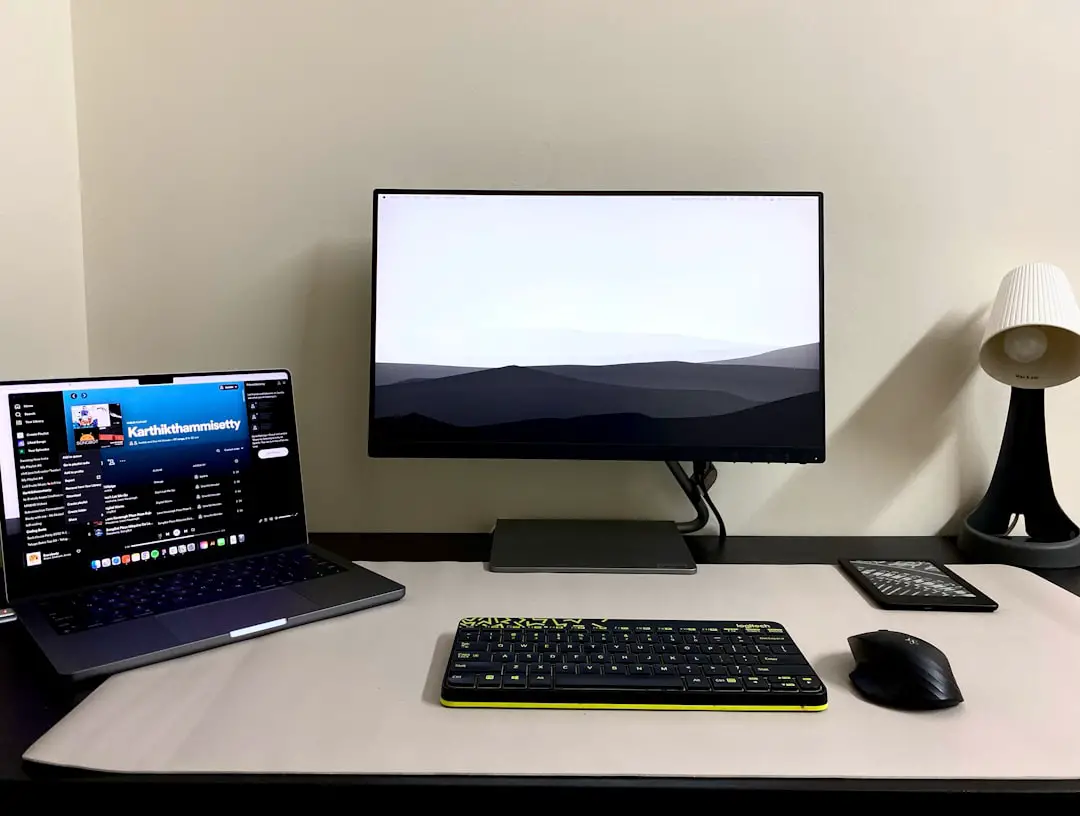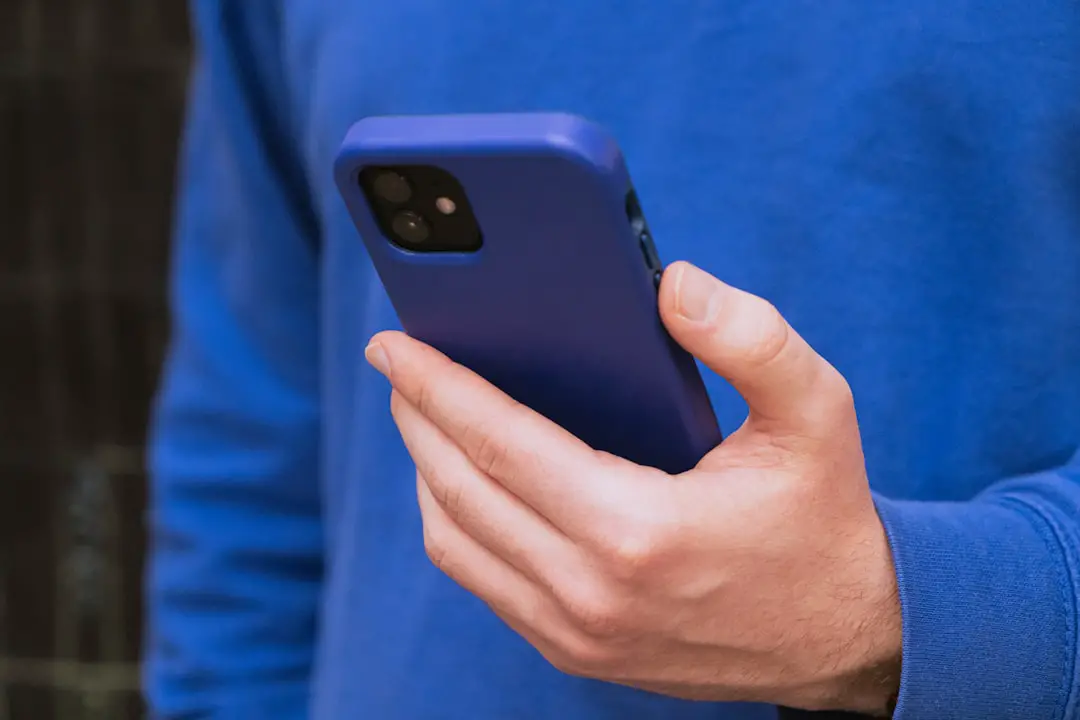Translation software has come a long way. Just a few years ago, it made silly mistakes all the time. Now, it’s smarter and faster. But is it truly accurate? Let’s find out, in a fun and simple way!
What is translation software?
It’s a computer program or app that turns words from one language into another. You’ve probably used Google Translate or something similar. You type in a sentence, and poof – it gives you the answer in a new language!
Sounds like magic, right? Almost, but not quite. That “poof” can sometimes go wacky.
How does it work?
Today’s programs use Artificial Intelligence (AI) and Machine Learning Software.
These tools read lots and lots of texts from across the internet. Then, they figure out patterns and make guesses about what words mean in different languages.

For example, if AI sees “dog” and “chien” used in similar places in English and French sentences, it learns that “dog” in English is “chien” in French.
That sounds super smart!
It is! But it’s not perfect. Here’s why:
- Words have multiple meanings: “Bank” can mean money place or side of a river. Confusing, right?
- Cultural differences: Jokes or idioms in one language may not make sense in another.
- Sentence structure: Each language puts words in different orders.
Let’s try a funny example.
Try translating “It’s raining cats and dogs” into Spanish. The software might give you “Está lloviendo gatos y perros.”
Literal, but silly! In Spanish, people don’t say that. The correct phrase might be more like “Llueve a cántaros” (It’s raining buckets).
So, how accurate is it?
Mostly good for:
- Single words
- Simple sentences
- Getting the idea across
Not so great for:
- Slang or humor
- Poetry or literature
- Legal or official documents
How can you make it better?
Here are a few tips to get the best results:
- Use short sentences
- Avoid phrases with double meanings
- Check with a native speaker if you can

Cool new tools!
Some apps even talk to you now. You say something in English. The app speaks it out loud in German, Japanese, or even Swahili!
Some glasses are being made that can give you instant subtitles in real life. Imagine watching a French movie and seeing English words float next to characters’ mouths!
But… will machines replace human translators?
Nope, not yet. Humans understand feelings, culture, tone, and all those tricky parts of language. Machines can’t always tell when you’re being sarcastic or romantic.
Example: “Oh great, another meeting!”
Translation software might see “great” and think it’s a happy word. But you meant it as “ugh, not again.”
Final thoughts
Translation tools are awesome. They help us talk to people around the world. They work fast and usually get the job done – especially when you just want to understand the basics.
But if you’re writing a love letter or a business contract, maybe don’t rely on a robot translator just yet!
The best way to use these tools? Think of them as helpful sidekicks. They’re great at what they do, but sometimes they need a human hero to check their work.

Still curious? Try translating this whole article into another language. It might not be perfect – but it’ll be fun!
